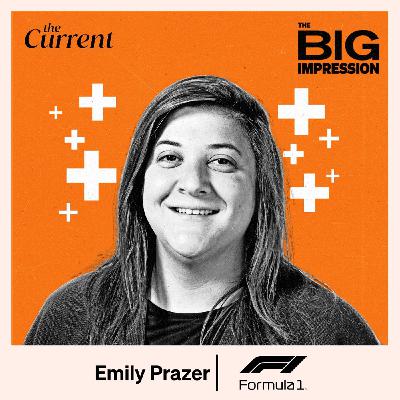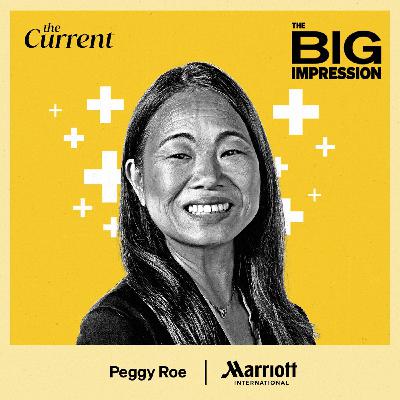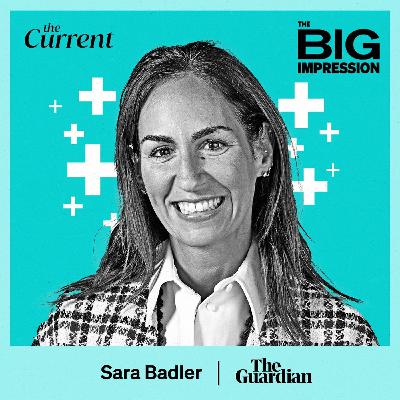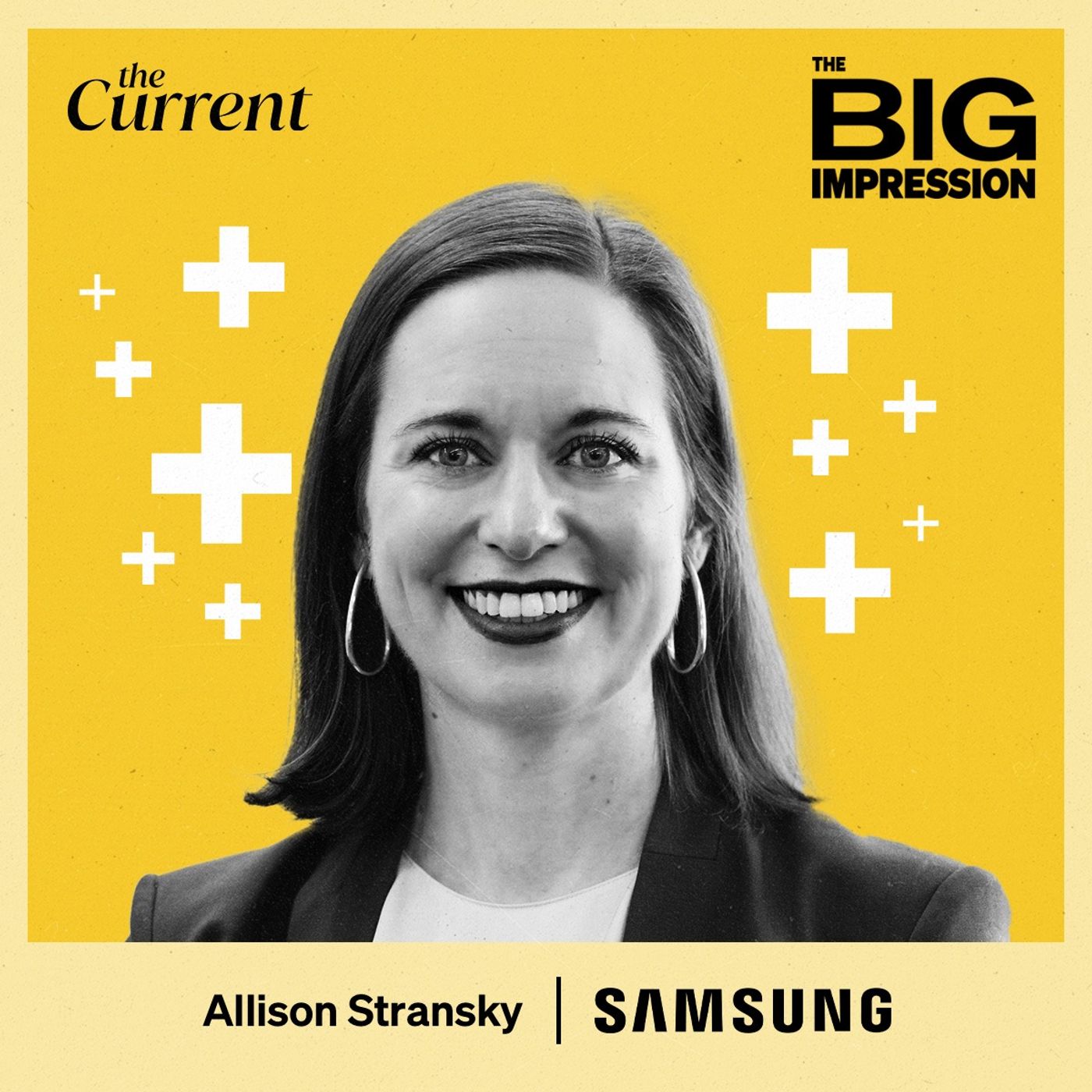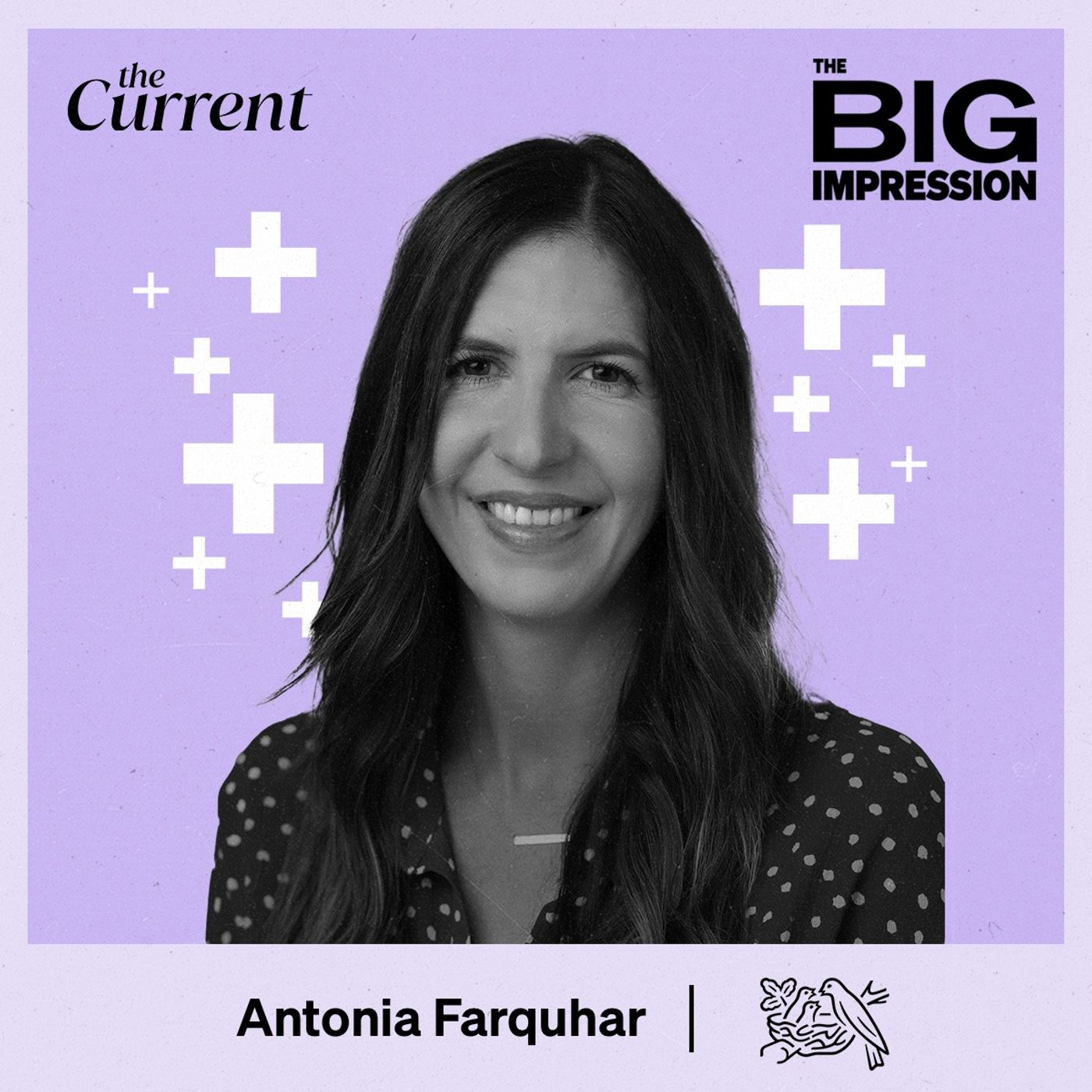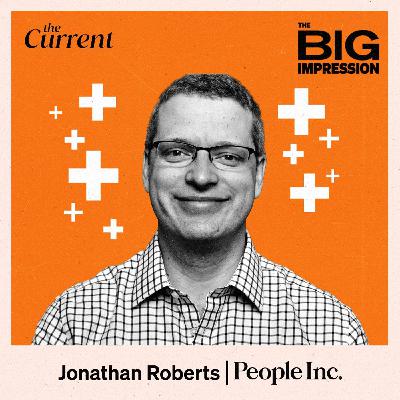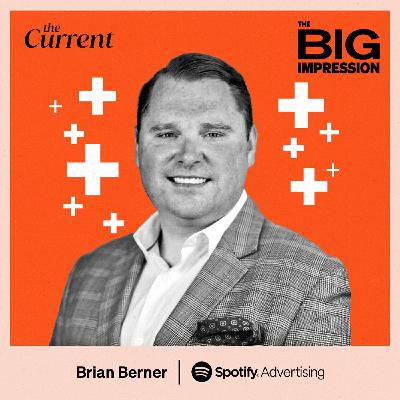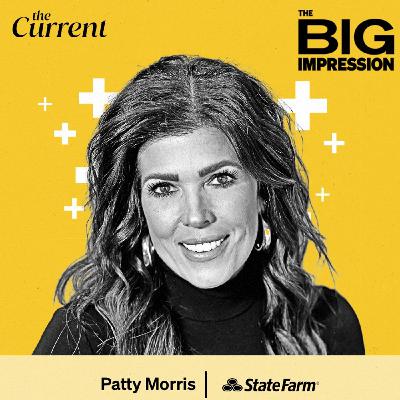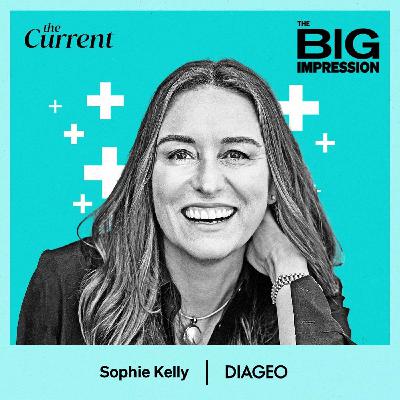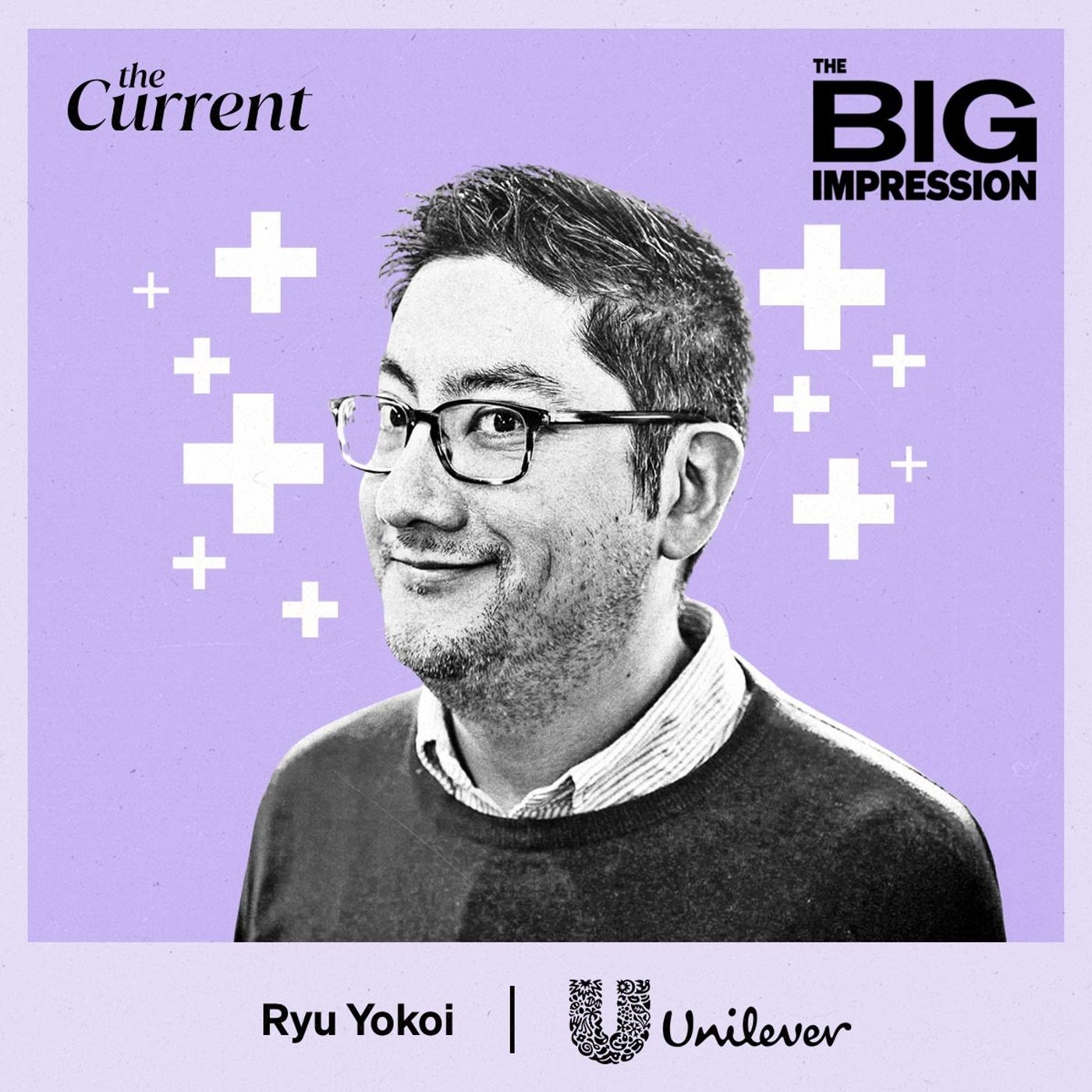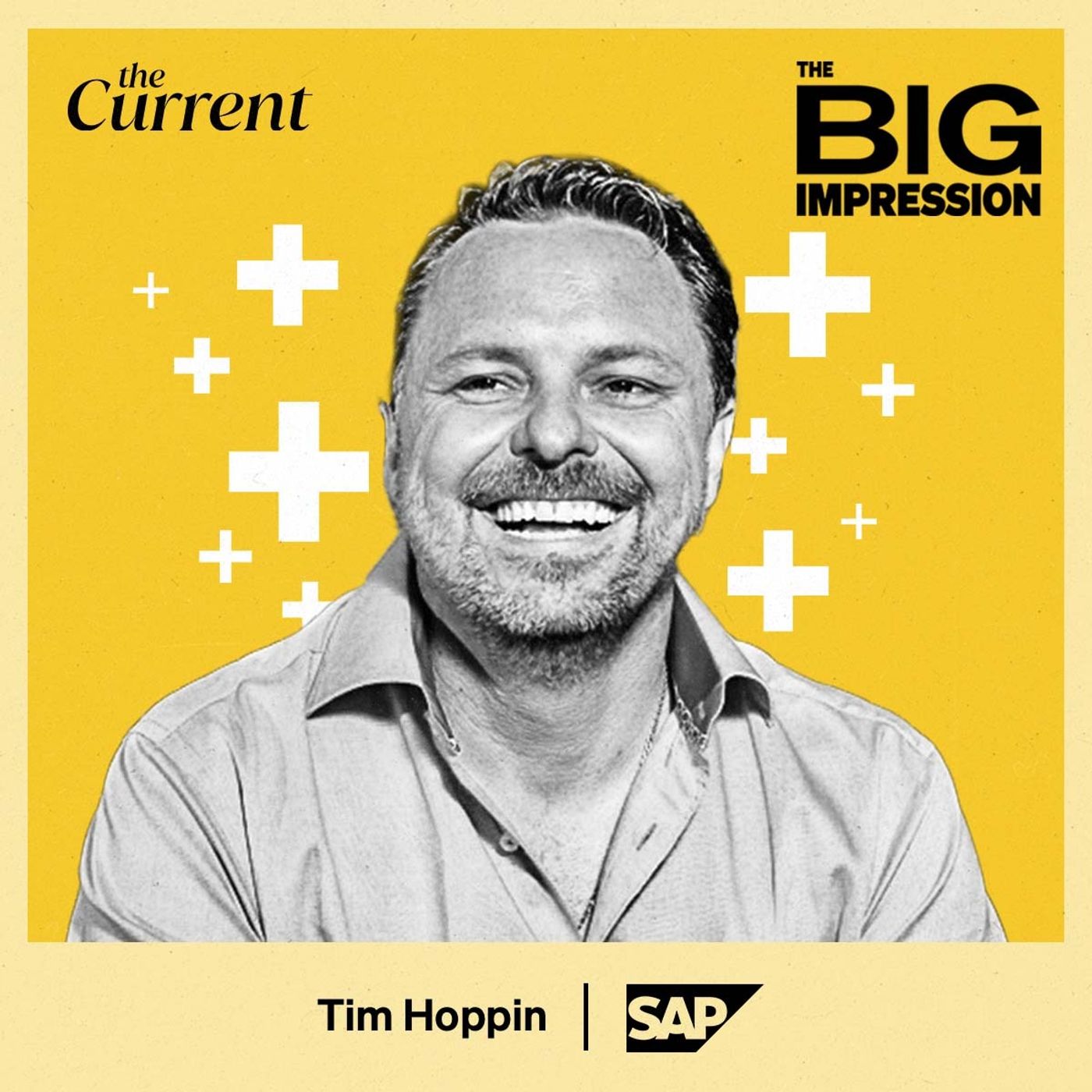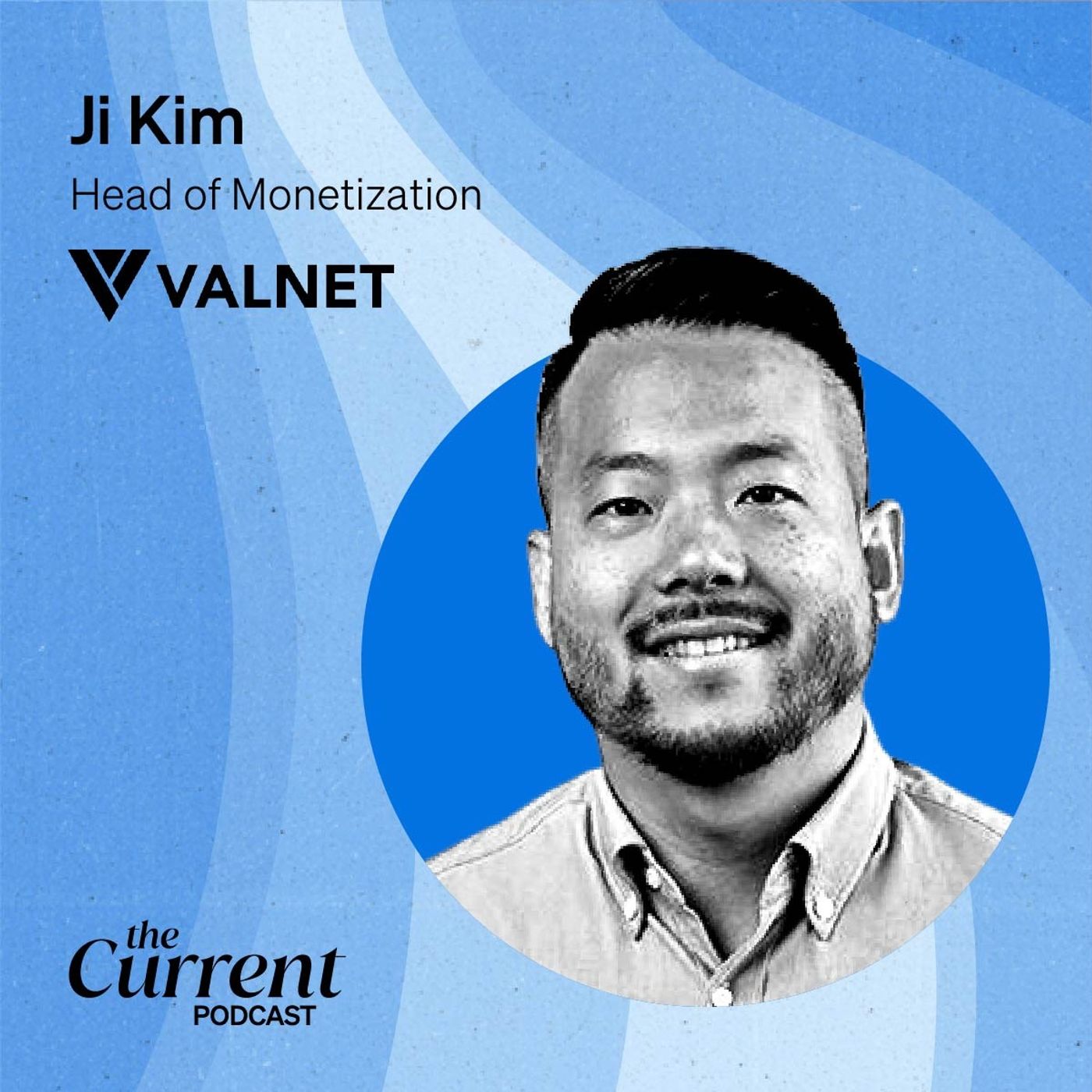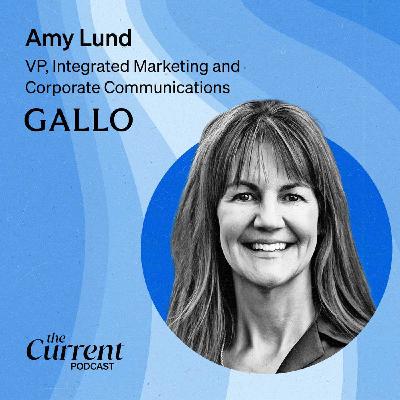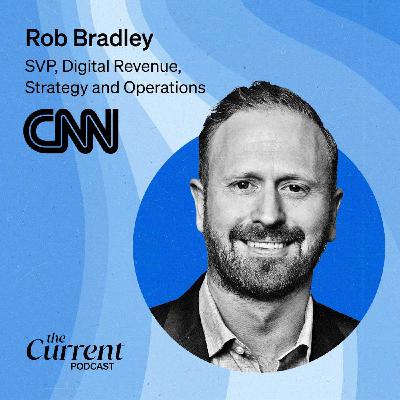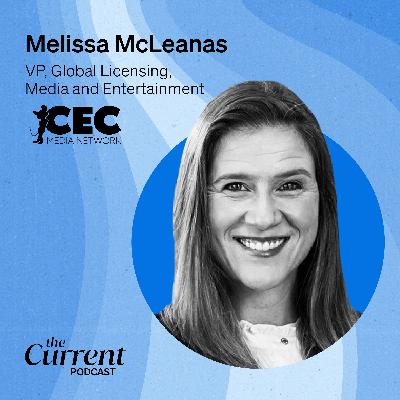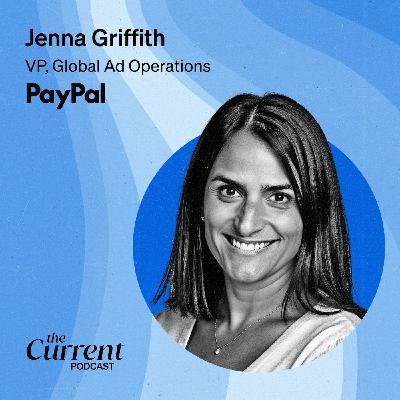Formula 1’s Emily Prazer on revving up American enthusiasm through an ‘always-on dynamic’
Description
Formula 1 Chief Commercial Officer Emily Prazer joins The Big Impression to accelerate the motorsport’s hold on Americans with year-round content and venue in Las Vegas.
Episode Transcript
Please note, this transcript may contain minor inconsistencies compared to the episode audio.
Damian Fowler (00:00 ):
I'm Damian Fowler.
Ilyse Liffreing (00:01 ):
And I'm Ilyse Liffreing
Damian Fowler (00:02 ):
And welcome to this edition of The Big Impression.
Ilyse Liffreing (00:09 ):
Today we're joined by Emily Prazer, president and CEO of the Las Vegas Grand Prix and the Chief Commercial Officer of Formula One. She's helping transform F1 into one of the fastest growing sports brands in the world, leading strategy partnerships and fan engagement across markets from Miami to Melbourne.
Damian Fowler (00:30 ):
Emily's here to talk about the road to the last Vegas Grand Prix on November the 22nd. Now, in its third year, the Vegas Grand Prix turns the strip into a global stage where sport, entertainment and culture collide under the neon lights.
Ilyse Liffreing (00:46 ):
I love that. From the 100 day countdown events to new sponsorship models and digital fan experiences, formula One is redefining what a modern sports brand can look like, especially in the U.S. market.
Damian Fowler (01:02 ):
In past years, the marketing around Las Vegas, the Grand Prix has felt like a crescendo building over several months. What's been your strategy this year as you build, it's the third year, right? As you build towards those?
Emily Prazer (01:14 ):
Yeah, this third year, so I think the difference this year is we've had two years of a foundation to figure out what works and what doesn't work, but equally we've had our building open all year, so prior, well the first year we're obviously building the building for those that dunno, it's called Grand Prix Plaza. It's the length of three NFL fields, so it's not small. It's designed and built to service the Formula One Paddock Club, which is the most high-end hospitality that we offer in Formula One. Underneath that is where the garages are and where the teams hang out, so it's quite a significant building. When we first moved to Vegas, we purchased the 39 acres of land and have invested around $500 million in this infrastructure and so the difference I think is obviously the first year we were building it, the second year we were getting to grips with owning such a significant property in Las Vegas and then moving into the third year of the event, the building's been open all year and we built something called F1 Drive, which is carting.
(02:10 ):
We've had a restaurant up there called Fool and Fork, which is Formula One, themed food and beverage as you'd expect. We built an immersive Formula one experience called F1 X and so the marketing's ramped up, but that's because locally we've been able to activate since the day after the race last year all the way through to this year, and obviously how we market is very different depending on what we're trying to do, whether it's selling tickets or whether it's driving foot traffic to the building. It's all the awareness that we need in Las Vegas to continue to grow our fan base.
Damian Fowler (02:41 ):
The a hundred day countdown, that's important,
Emily Prazer (02:43 ):
Right? That was a big one. We always go big around a hundred days. We did a strip takeover, we made sure people understood that it was a hundred days ago. We did similar for 50 days, so we use those milestones to make sure, obviously Vegas is somewhat a last minute market. Some Grand Prix go on sale and sell out in 90 minutes. We see the most amount of activity from a hundred days through to November.
Damian Fowler (03:04 ):
That's very interesting. How do you decide which moments where you target your marketing strategy in that a hundred day buildup?
Emily Prazer (03:12 ):
Oh, well, we're very fortunate that the racing continues For those, again, that aren't familiar, formula One is a 24 race calendar, which spans globally, so we typically go big around the big races as you'd expect. We've just come out of Singapore where hopefully people have seen that McLaren won the Constructors Championship. We'll go big again around Austin and Mexico. They're both feeder markets to the Las Vegas Grand Prix and we'll just continue to make sure we've got major announcements, whether it be food and beverage merchandise programming all the way through between now and race day.
Ilyse Liffreing (03:42 ):
Now, can you also talk a little bit about the F1 business summits because you're also launching that during race week? Sure. How intentional is the idea of making Vegas not just a race, but a business and cultural destination?
Emily Prazer (03:56 ):
Sure. Well, if you look at what Vegas do around other major sports, it's not that we're trying to reinvent the wheel, we're taking learnings from how well the NFL have operated there with the Super Bowl, even around WWE where you see them extend from a one or two day event through to a whole week. We are very fortunate that again, for those that dunno, formula One kicks off on Thursday with free practice, we have qualifying on Friday and then on Saturday is the race. And so we are lucky that we actually have really good opportunity for shoulder programming and so it was a lot of requests coming through from multiple stakeholders saying we'd love to get the ecosystem together and talk about how we've shifted Formula One culturally into something very different. Obviously it's a sport first and foremost, but I think everyone's now seeing the change into more of a lifestyle brand and a proposition around how we're executing with some partners, which I'm sure we'll get to, but I think a lot of it has been around how we kind of talk about that strategy and how we've grown the sport over the last five years.
(04:54 ):
So it was very intentional, it's had really great uptake and as you'll see as we get closer to the race, we'll start talking about what we're doing kind of Tuesday, Wednesday all the way through.
Damian Fowler (05:04 ):
It was interesting you brought up the mention of partners and the fact that Formula One now transcends the racetrack and I for one say follow some Formula One drivers on Instagram. How do you play into that whole notion now that Formula One is this lifestyle brand and what does that mean when it comes to partnerships?
Emily Prazer (05:26 ):
Well, we've been really fortunate that we've, formula One was bought by Liberty Media in 2017 and the handcuffs were taken off per se, where social media was something that didn't really exist in the sport prior to that and the drivers have done a great job and the teams have done a great job of giving us access collectively to the drivers. They're all a lot younger than they have been before, so we've been fortunate enough to help them build their profiles through social, but obviously the pivot came with Drive to Survive. Everyone knows that that was a big leap of faith that Formula One took to be able to give behind the scenes access. It's a complicated sport that had traditionally been kept to a different type of club and we've opened up those floodgates and obviously we're reaping the rewards of that at the moment.
(06:10 ):
It hasn't been easy, but ultimately when you have the l

